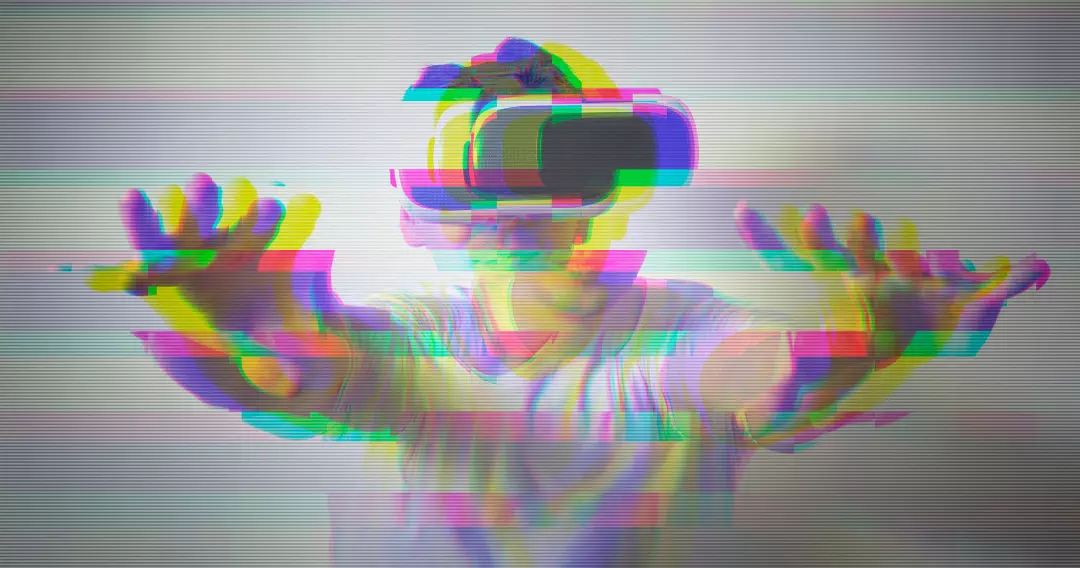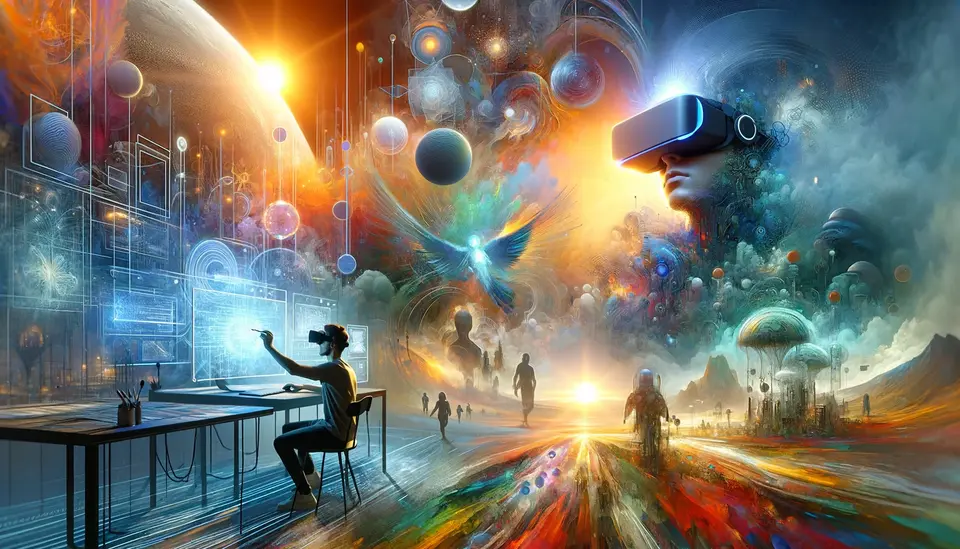The Technical Challenges Involved in Creating the Virtual Reality (VR)
Posted on March 29, 2023 3 minutes 590 words
Table of contents
Virtual reality (VR) has been a buzzword for the past few years, capturing the imagination of technophiles and dreamers alike. With the power to revolutionize industries ranging from gaming to healthcare, VR’s potential is undeniable. However, despite significant advancements, the journey toward fully immersive, high-quality VR experiences is fraught with technical challenges. This blog post will delve into the hardware, software, interaction, and ethical challenges that must be addressed for VR to reach its full potential.
Hardware Challenges
High-performance processing: The need for speed is crucial in VR. Powerful processors are necessary to render realistic graphics and maintain high frame rates. The development of efficient, yet powerful GPUs and CPUs specifically tailored for VR is essential to ensure smooth experiences with minimal latency.
Comfortable and lightweight headsets: Ergonomics plays a significant role in user adoption. VR headsets should be lightweight, well-balanced, and adjustable to cater to various head shapes and sizes. Innovations in materials and weight distribution will help make VR more accessible and comfortable for extended periods.
Accurate tracking and motion detection: To create truly immersive experiences, VR systems must capture user movements precisely. This requires the development of advanced tracking technologies, such as inside-out tracking, capable of translating real-world actions into the virtual environment seamlessly.

Software Challenges
Real-time rendering: Creating lifelike virtual environments requires complex real-time 3D rendering techniques. Developing efficient algorithms that can handle the computational demands of these environments is a significant challenge.
Immersive audio: Spatial audio is a vital component of an immersive VR experience. Advances in audio processing technology, such as object-based audio and ambisonics, can help create realistic soundscapes that envelop the user.
Multi-user experiences and networking: Shared VR experiences demand low-latency connections and efficient data transmission between users. Overcoming the challenges of synchronization, latency, and bandwidth will enable the creation of more interactive and collaborative virtual spaces.
Interaction and User Experience Challenges
Natural user interfaces: For VR to be truly immersive, users must be able to interact naturally with the environment. This necessitates the development of intuitive, gesture-based controllers and haptic feedback systems that mimic real-world sensations.
Motion sickness and simulation sickness: Overcoming the discomfort caused by motion sickness and simulation sickness is crucial to broadening VR’s appeal. Solutions might include optimizing frame rates, reducing latency, and implementing dynamic field-of-view modifications.
Accessibility: VR must be designed with inclusivity in mind. This means developing experiences that cater to users with disabilities and varying levels of technological proficiency, ensuring that VR is accessible to all.

Ethical and Social Challenges
Privacy and data security: As VR systems collect vast amounts of user data, ensuring privacy and data security is paramount. Developers must address concerns around data collection, storage, and usage, and adopt responsible practices to maintain user trust.
Content moderation: Creating a safe and enjoyable VR landscape requires responsible content creation and curation. This means implementing content moderation systems and community guidelines to prevent harmful or offensive experiences.
Digital divide: As VR technology continues to advance, the potential for a widening digital divide between those who can afford and access VR and those who cannot must be acknowledged and addressed.
Conclusion
The road to fully immersive virtual reality is paved with technical challenges. By addressing these hardware, software, interaction, and ethical hurdles, we can unlock VR’s true potential and transform industries. It is essential for developers, researchers, and users to collaborate, stay informed, and contribute to the ongoing development of this exciting technology. Together, we can make the virtual world a reality for all.








